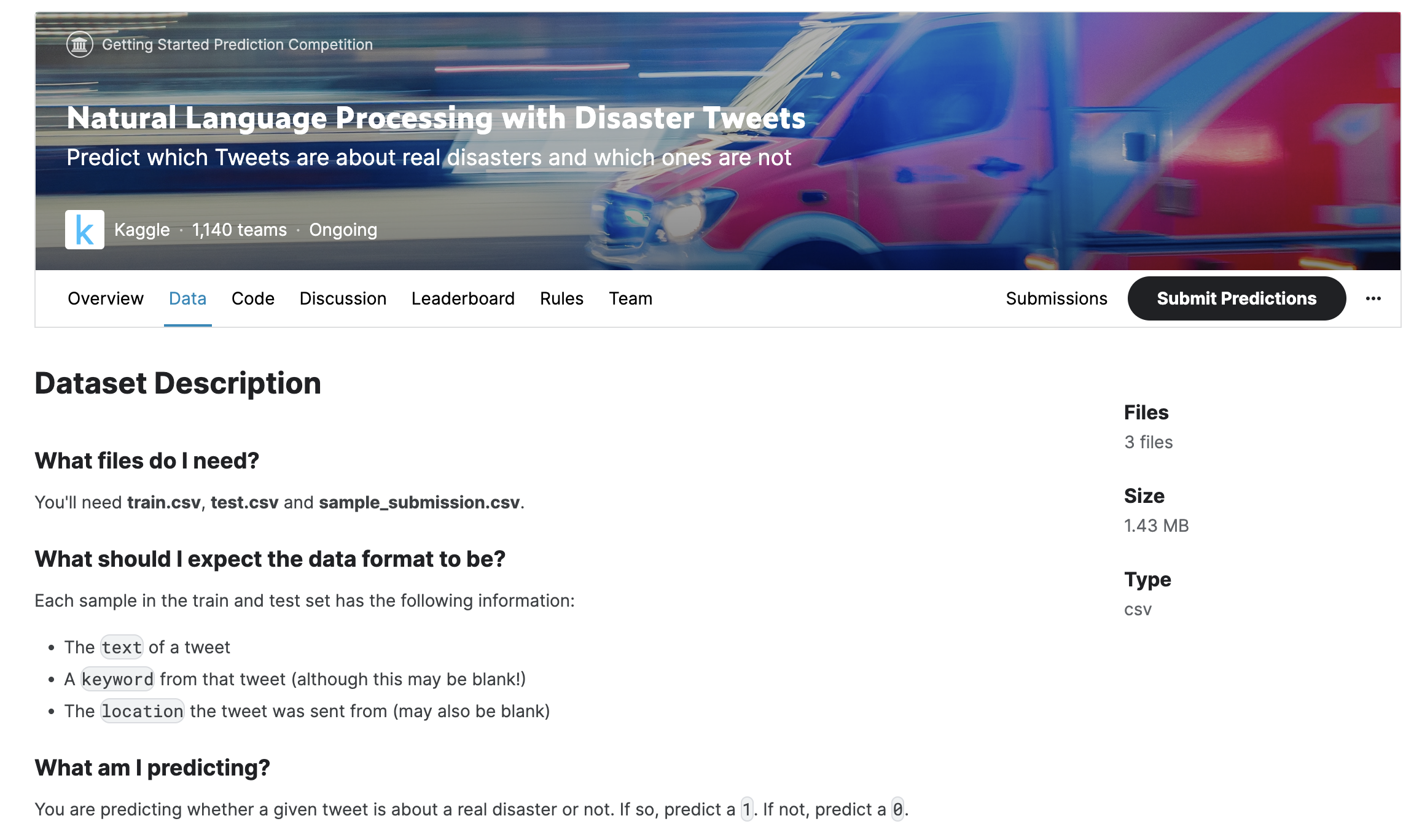Sorry, AI Can't Save Testing: Rice's Theorem Explains Why
Introduction: The Impossible Dream of Perfect Testing
"Testing shows the presence, not the absence of bugs." When Dutch computer scientist Edsger Dijkstra made this observation in 1970, he was articulating a fundamental truth about software testing that remains relevant today. Yet despite this wisdom, the software industry continues to pursue an elusive goal: comprehensive automated testing that can guarantee software correctness.
If you're a developer who has ever wondered why achieving 100% test coverage still doesn't guarantee bug-free code, or why your carefully crafted test suite occasionally misses critical issues, you're confronting a deeper reality. The limitations of automated testing aren't merely engineering challenges to be overcome with better tools or techniques—they're rooted in fundamental mathematical impossibilities.
The current wave of AI-powered testing tools promises to revolutionize quality assurance. Marketing materials tout intelligent test generation, autonomous bug detection, and unprecedented coverage. While these tools offer genuine improvements, they cannot escape a theoretical constraint established over seventy years ago by mathematician Henry Gordon Rice. His theorem proves that certain questions about program behavior simply cannot be answered algorithmically, regardless of computational power or ingenuity.
This isn't a pessimistic view—it's a realistic one. Understanding why complete test automation is mathematically impossible helps us make better decisions about where to invest testing efforts and how to leverage modern tools effectively. Rather than chasing an unattainable goal of perfect automation, we can adopt pragmatic approaches that acknowledge these limits while maximizing practical effectiveness.
This article explores Rice's Theorem and its profound implications for software testing. We'll examine what this mathematical result actually proves, understand how it constrains automated testing, and discover how combining formal specifications with AI-driven test generation offers a practical path forward. You'll learn why knowing the boundaries of what's possible makes you a more effective engineer, not a defeated one.
The journey ahead takes us from theoretical computer science to everyday development practices, showing how deep principles inform better engineering. Whether you're writing unit tests, designing test strategies, or evaluating new testing tools, understanding these fundamentals will sharpen your judgment and improve your results.


